How to Choose the Best Coffee Machine for you
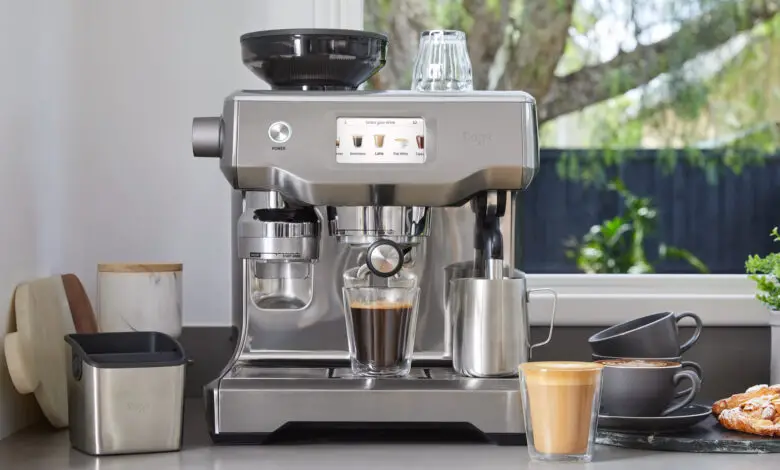
A wise man once said, “Even the worst cup of coffee is better than no coffee at all,” – and millions of people worldwide share the same sentiment. With coffee being central to so many peoples’ lives, one must ask the question – how do we choose the best coffee machine?
More than 400 billion cups of the stuff are consumed annually, and that equates to 20 cups of coffee consumed every day for every single person on earth – every year – it is the most popular beverage on earth.
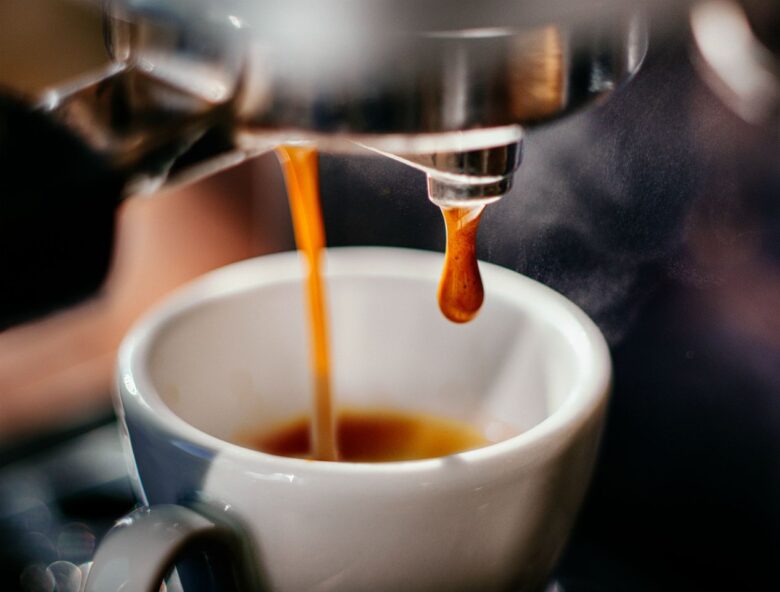
Good, home-brewed coffee
Let’s get straight to it, and there’s nothing quite like a decadent, well-made, home-brewed cup of coffee which invariably means that us lovers of this product will, at some point, look for a coffee machine for the home. This then presents the age-old conundrum of choosing the best one.
There is a myriad of different coffee machines and options available these days when it comes to those you want to buy for your home. You can plump for a simplistic machine that does nothing but brew a few cups, to a fully loaded one with an arsenal of different features like timers, scheduled brewers and warmers to keep your coffee warm all day. If you are interested to know more, you can visit coffeeblog.co.uk.
Home coffee makers, the low-down
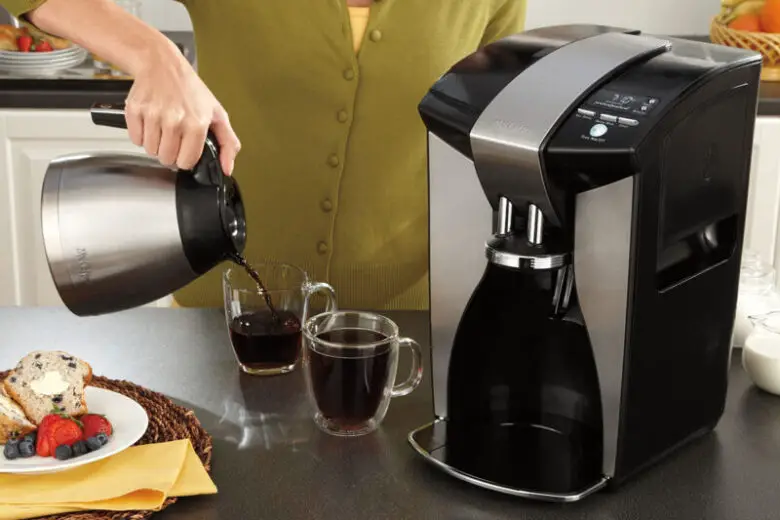
Manual filter coffee brewers
This is an absolutely great method if you’re on a budget, enjoy simple black coffee, and have limited space. If done correctly, the manual filter can produce a clean, delicate cup of this beverage full of amazing flavor. Manual filter coffee can best showcase unique characteristics of a coffee – so try utilizing single-origin coffee instead of an espresso type blend. Some of the most popular brewing methods are V60 and Chemex. The DailyBarista website offers some useful information on two of Sage’s popular coffee machines, the Bambino and Barista Express
Electric filter coffee brewers
The next step up is, of course, the electric ones – perfect if you want to brew more than one cup. It’s also worth noting that these are less time consuming than manual filters, and as such, the price does go up with electric coffee machines – but these are extremely popular worldwide.
Thermoblock machines
Moving on, we have thermoblock machines – these actually heat water as the machine is used – think of these akin to the way that water is heated in the shower. This essentially means that they are cheaper and smaller than conventional coffee boiler systems. A vast majority of coffee machines below $200/£200 will use Thermo blocks. Some of them can heat for an espresso and then immediately for steam, then back for another shot of espresso. Water passes through far more slowly, which allows a higher temperature, making steam and voila.
Although thermoblock machines are invariably cheaper than heat exchange or dual boiler ones, they’re not without their pitfalls. Some of them struggle to maintain temperature, and also you can’t pull a shot and steam at the same time. It’s also around 3-4 times slower than a boiler machine to steam milk – not great for those that are always on the run. For more details, you can check CoffeeHow.
Single Boiler Machines
Here it’s one boiler does all – the caveat here though is that although one boiler does all in these machines, they can’t do it all at the same time. For example, you heat water to make the perfect espresso, and then you must wait again for the machine to heat up to the extent that it produces steam for the milk.
Single boiler coffee machines are indeed cheaper than heat exchangers and can produce high-quality coffee at an affordable price – it’s also pretty fun learning how to get it right. That final part can also be a pitfall though, it does take some time to master – but once mastered, you’ll have a perfect cup of the black stuff.
Lever Coffee Machines
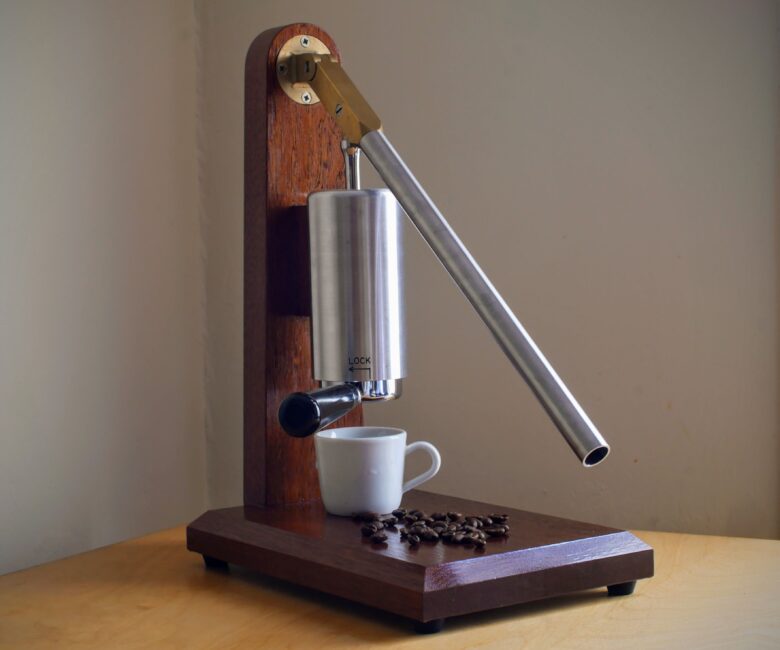
The traditional lever coffee machines – this is perhaps the most traditional ‘espresso’ machine and is the first to enable water under pressure to pass through coffee beans for superior extraction. The lever action on these machines does require an element of exertion to pull down, but honestly, the resulting coffee is more than worth it.
There’s no electric pump that’ll need replacing here either, and these machines certainly produce the best espresso. Great pressure profiles, great taste, brilliant option for coffee enthusiasts.
Heat Exchanger Machines (or HX)
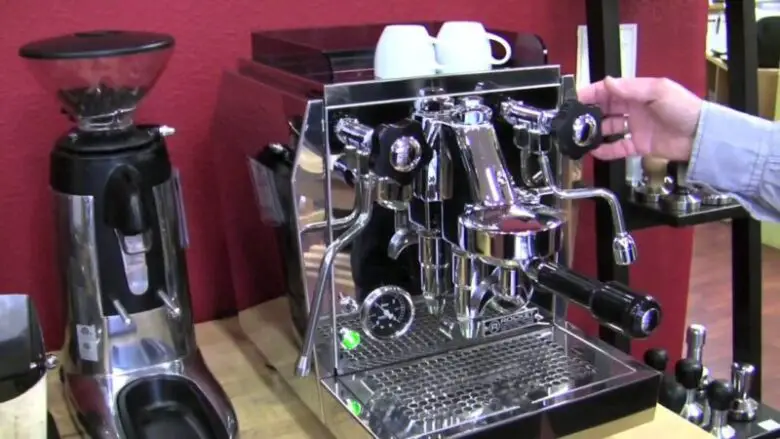
The next level is the Heat Exchange machines. These are, quite simply, terrific. They will heat the water for your coffee at the same time as creating the steam required for milk – no waiting – at all. Undoubtedly the biggest benefit here is the ability to steam for milk and produce coffee simultaneously. However, even these machines do come with a small downside. If the water is left too long between pouring cups, the water can become far too hot. However, the way around this is to flush water through the group head for a second or two.
In summary, these machines are great because they can heat water for coffee and steam at the same time, can produce multiple cups of coffee without any hindrance or time delay, and it’s quite easy to produce a perfect cup without a vast amount of experience. The downside to these machines is the price, they can be very expensive, but if you live for the coffee bean, the output far outweighs the input and makes for a terrific investment.
